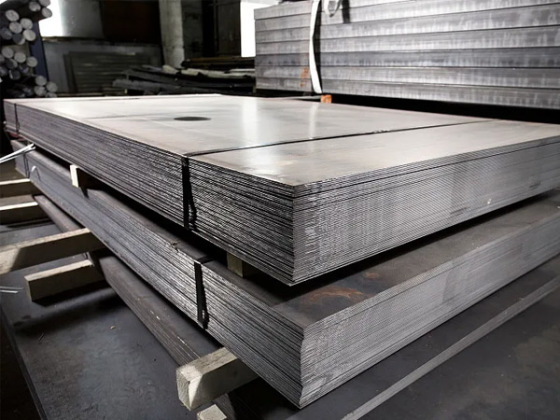
What is the material of carbon steel plate and what are its advantages and disadvantages
What material is carbon steel plate
It is a type of steel with a carbon content lower than 2.11% and without
intentionally adding metallic elements, and can also be called plain
carbon steel or carbon steel. In addition to carbon, it also contains a
small amount of elements such as silicon, manganese, sulfur, and
phosphorus inside. The higher the carbon content, the better the
hardness and strength, but the lower the plasticity.
What are the advantages and disadvantages of carbon steel plates
The advantages of carbon steel plates are:
1. After heat treatment, the hardness and wear resistance can be improved.
2. When annealing, the hardness is appropriate and the cutting ability is good.
3. Its raw materials are very common, so it is easy to find, so the production cost is not high.
The disadvantages of carbon steel plates are:
1. His thermal hardness is not good. When used as a cutting tool
material, if the temperature exceeds 200 degrees, the hardness and wear
resistance will deteriorate.
2. His hardenability is poor. When water quenched, the diameter is
usually maintained at 15 to 18 millimeters, while when not quenched, the
diameter and thickness are usually 6 millimeters, making it prone to
deformation or cracking.
What is the classification of carbon steel
1. According to their usage, they can be divided into three categories:
structural steel, tool steel, and free cutting structural steel.
2. According to the smelting process, it can be divided into three
types: open-hearth steel, converter steel, and electric furnace steel.
3. According to the deoxygenation pathway, it can be divided into
boiling steel, killed steel, semi killed steel, and special killed
steel.
